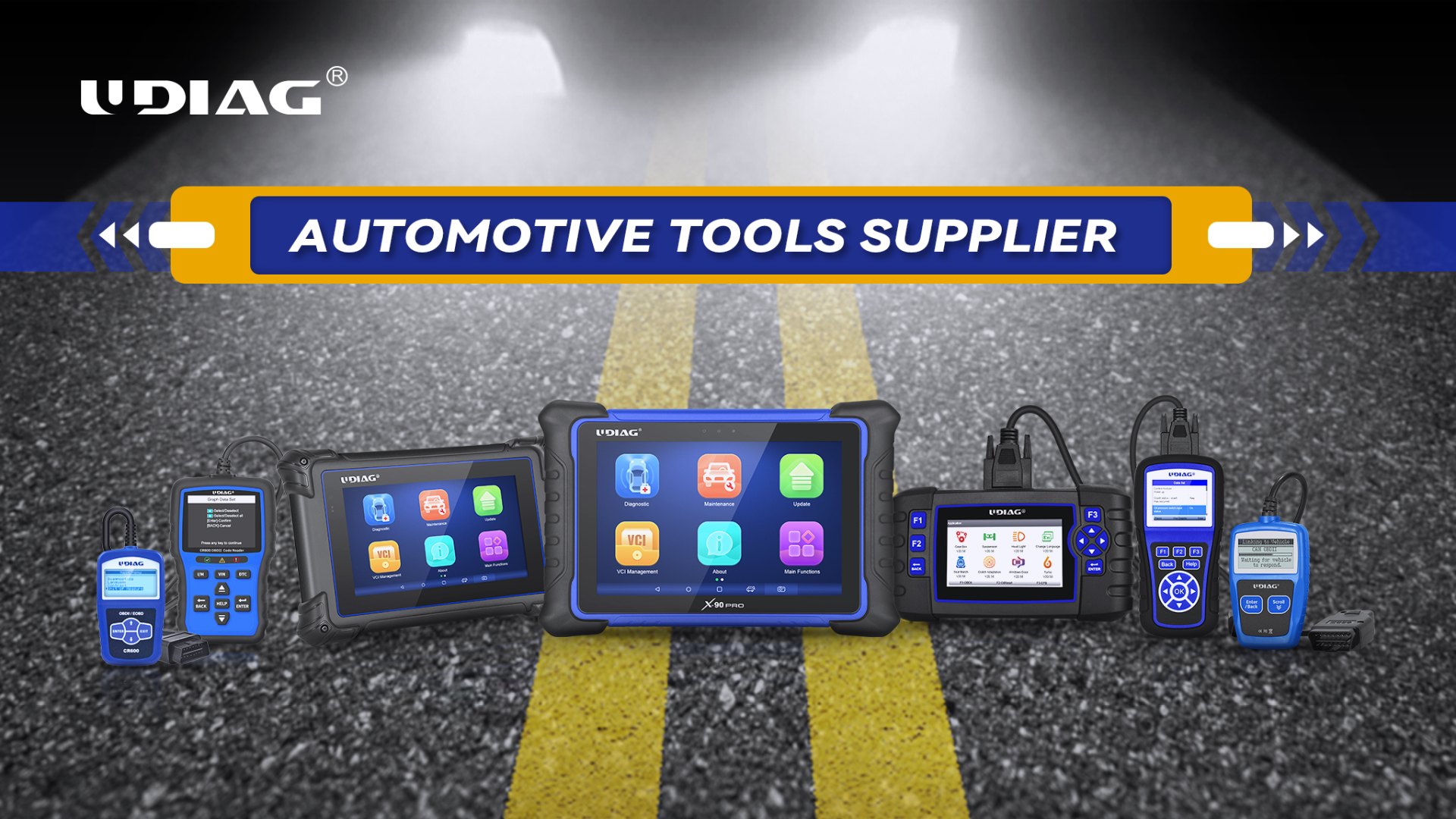Solutions for Limp Mode
2023-04-06 by UDIAG
What is Limp Mode
Limp mode, also known as “safe mode” or “fail-safe mode,” is a feature in modern automobiles that is designed to protect the engine and transmission from further damage in case of a malfunction. When the vehicle’s computer detects a fault in a critical system, such as the engine or transmission, it will limit the power or speed of the vehicle to prevent additional damage.
Limp mode typically allows the vehicle to be driven at reduced speed and with limited power, so that the driver can safely reach a repair facility. The mode can be triggered by a variety of issues, such as a faulty sensor, low fluid levels, or other mechanical issues.
If your vehicle goes into limp mode, it’s important to have it checked by a professional mechanic as soon as possible, as continuing to drive in limp mode could cause further damage to the engine or transmission.
What Causes Limp Mode
Limp mode is typically triggered by a fault in a critical system, such as the engine or transmission. Some of the most common causes of limp mode include:
- Faulty sensors: Modern vehicles rely on a variety of sensors to monitor and control various systems. If one of these sensors fails or malfunctions, it can trigger limp mode.
- Transmission issues: Problems with the transmission, such as low fluid levels or a faulty solenoid, can trigger limp mode.
- Engine issues: Problems with the engine, such as low oil pressure or a malfunctioning throttle body, can also trigger limp mode.
- Electrical issues: Faulty wiring, a bad battery, or a malfunctioning alternator can all cause the vehicle’s computer to enter limp mode.
- Overheating: If the engine or transmission becomes too hot, the computer may enter limp mode to protect the vehicle from further damage.
- Faulty computer: Rarely, a malfunctioning vehicle computer can cause the car to enter limp mode.
If your vehicle goes into limp mode, it’s important to have it diagnosed and repaired by a professional mechanic as soon as possible to prevent further damage and ensure the safety of the vehicle.
Solutions for Limp Mode
a) Fixing temporally
One option is to turn off the car for a few seconds and then turn it back on, triggering a new round of diagnostic checks. Alternatively, turning off the car, removing the key, and allowing it to sit for a while can help things cool down, particularly if the issue is related to overheating. These fixes may work if the problem is with a sensor or wiring, and the car can get back to normal functioning. However, if the car keeps switching into limp mode or these solutions do not work, a permanent repair is necessary.
b) Repairing permanently
If your car repeatedly enters limp mode, it indicates that there is an underlying issue that requires attention. The vehicle’s computer has detected a fault and will not allow you to operate the car normally until the problem is resolved. Therefore, it is necessary to take your car to a qualified mechanic.
To determine why your car continues to go into limp mode, mechanic need to retrieve the diagnostic codes from the computer. This can be achieved by connecting the vehicle to an car scanner.
These scanners communicate with the car’s computer and display error codes that can be interpreted by a mechanic. By diagnosing the error codes, the mechanic can identify the issue and solve it fast.
As a professional manufacturer and supplier, UDIAG offers many unparalleled car scanners to meet different kinds of needs.

Summary
Limp mode for your car is kind of like your body running a fever. It’s an indicator that something is wrong and needs attention. Sometimes just a little bit of rest is all you need, while other times, it takes a trip to the “doctor” to even figure out what’s wrong.
If your car goes into limp mode and turning it off and back on doesn’t help, you need to see a mechanic. The mechanic can hook your vehicle up to an OBD2 scanner to find out what’s wrong. Once you have gotten the problem diagnosed, you can make a decision about fixing it.


